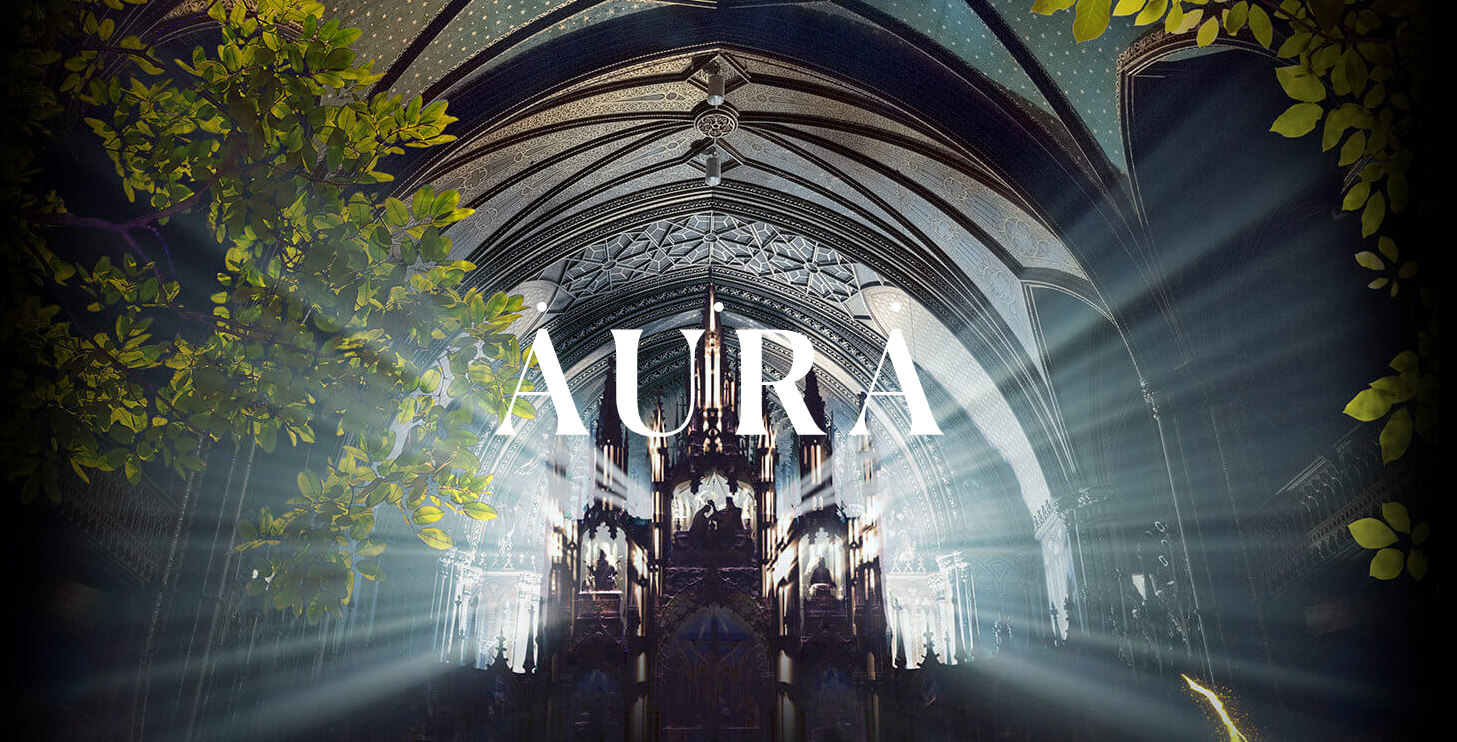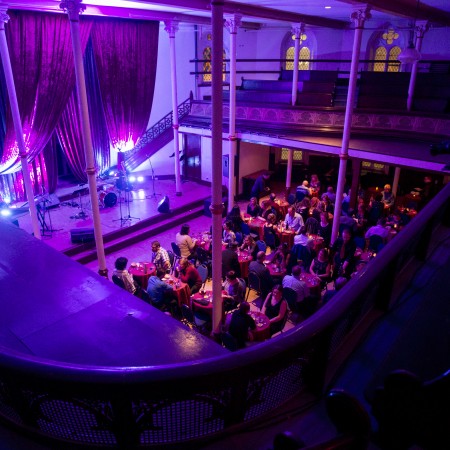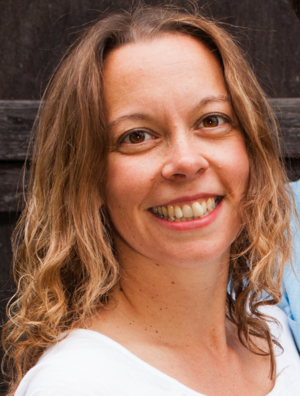How the arts thrive in Montreal faith buildings
The Faith & the Common Good’s Leading and Learning team (this time with the sub-in of the amazing Erika Hennebury) headed back out on the road in late November, this time headed for Montreal.
As you might remember Toronto Arts Council, Artsbuild Ontario, Faith & the Common Good and Trinity-St. Paul’s Centre have been supported by the Metcalf Foundation to explore models for the arts and faith to cohabitate. This is the fourth blog post in the series, so please feel free to go back and have a look at what we discovered in Philadelphia and New York.

St. James United, Montreal
In Montreal, we started our journey with St. James United and their Executive Director (an unusual title in church land, but one that I heartily approve of) Dianne Ellison and Reverend Arlen Bonnar. The church was built in 1888 on Sainte Catherine Street and is a part of the Quartier des Spectacles. It’s a National Historic Site of Canada and sees about 40,000 tourists per year.
St. James United is working to help the larger public to understand the resource and how it can be a part of their lives. To quote the Reverend, “It’s not sacred space when not in sacred use. It’s a crime to have the space sit empty and not respond to the city and the needs of the arts.”
Agreed.
St. James is home to Le Balcon, a dinner theatre permanently resident in one of the church spaces, with full lighting and staging set up. The room can be used by the church if pre-arranged with Le Balcon, but it is essentially a resident run space. It is Le Balcon`s presence at St. James that makes the church a part of the Quartier Des Spectacles the cultural/tourist region of Montreal. This presence likely brings additional foot traffic to St. James and certainly made for an active building on the day that we were there.
St. James has also been defining itself by its surrounding geography, using the idea of Square St. James to draw attention to the public gathering space in front. They have been programming this space for everything from public memorials to music events, to corporate launches.
The second stop on day one was to visit Boran Zaza, General Manager at Oasis Musicale, a project of Christ Church Cathedral. According to their website, “Oasis Musicale aims to enhance the profile of Christ Church Cathedral as a cultural as well as spiritual center in the heart of Montreal, to foster partnerships with the artistic community, especially local young emerging artists, and to build relationships in the local community.” Community, plus arts in great locales, all the things that I love!
Boran programs a concert every week featuring emerging musical artists in all different styles from classical to jazz to pop. We spoke about the opportunity provided to these artists to get to perform in such a venue and also the opportunity for her as a young programmer. The Cathedral pays half of her salary from their budget, the other half comes from the box office take of the events. Artists are paid from box office take and are receiving a quite reasonable fee usually. The Cathedral promotes the concerts as do the artists and they are typically quite well attended. What’s great about this model is that the church is supporting the development of young artists in a low risk way, with a high profile venue. Meanwhile, they introduce a new audience to their beautiful space and create new community connections.

Aura within the Basilique Notre-Dame de Montreal
Finally, we ended the day with a stop in at Aura, within the Basilique Notre-Dame de Montreal. Aura is an immersive projection mapped show within the Basilica. Designed by Moment Factory, it features projections, light, and music (Marc Bell and Gabriel Thibaudeau) as ways to engage you in the specific architectural features of the stunningly detailed Basilica. It was a one of a kind experience, seeing the skills of a projection and lighting designer matched with the long ago skills of an architect for a secular-sacred appreciation event.
So the themes here on day one in Montreal aren’t different than in Philadelphia or New York, just earlier in their development and on a different scale. We are still seeing a sincere desire to be inspired by and be an inspiration to the arts. Also, a complete denial of any desire to censor the arts in any fashion. And finally a real belief that we are made better by exploring art in faith buildings as a part of a holistic approach to community and self.
Day two brings us St. Jax and Bourgie Hall, stay tuned! Also, while exploring the opportunities for arts and faith collaboration, I’ve been simultaneously working on some projects to make it happen. Check them out at www.creativecollisions.org and a podcast about arts, faith and gentrification over at Artspond.


